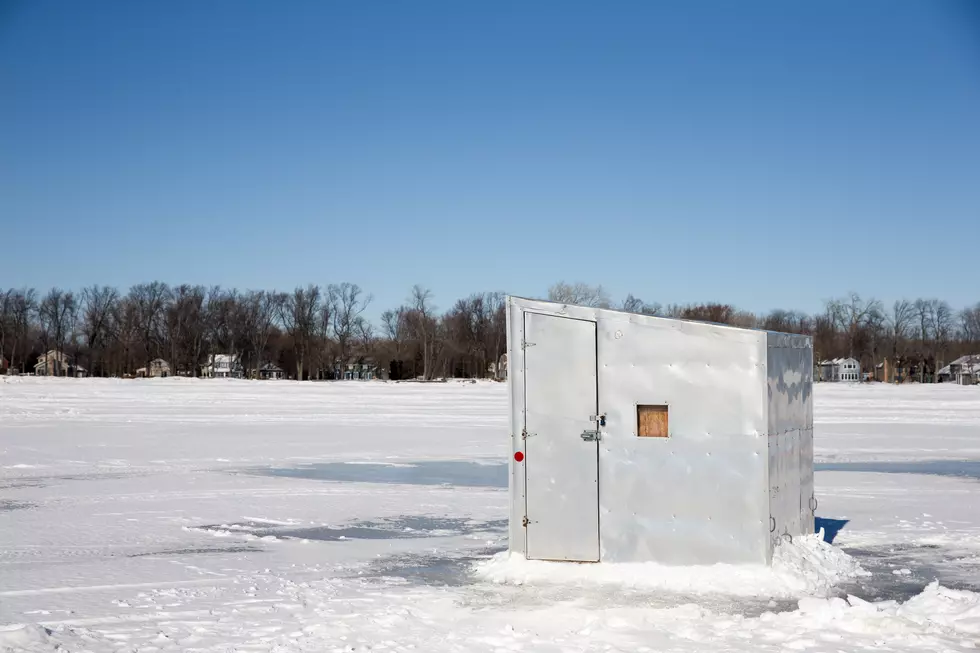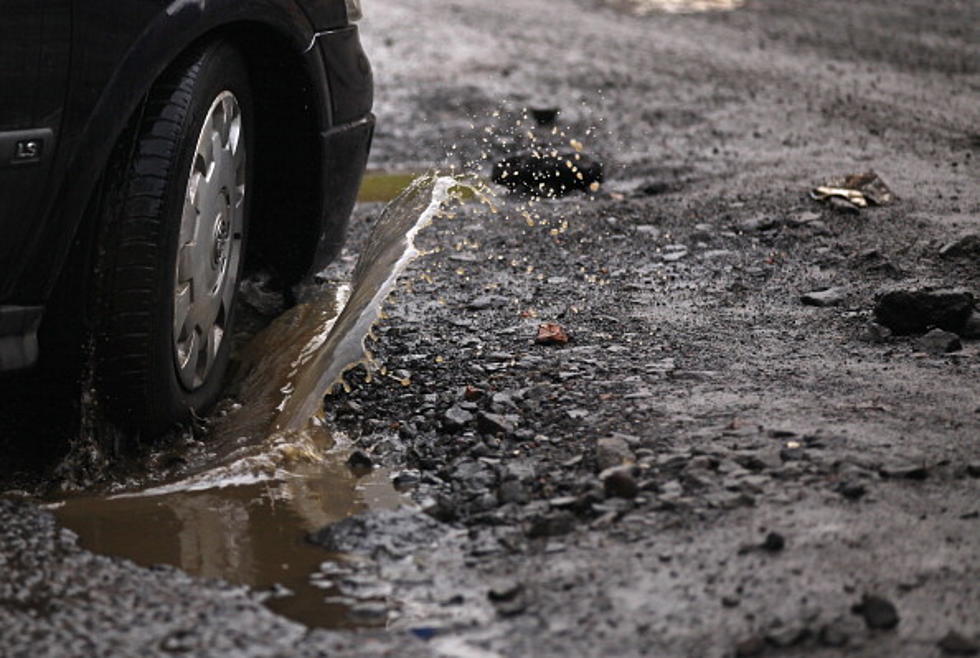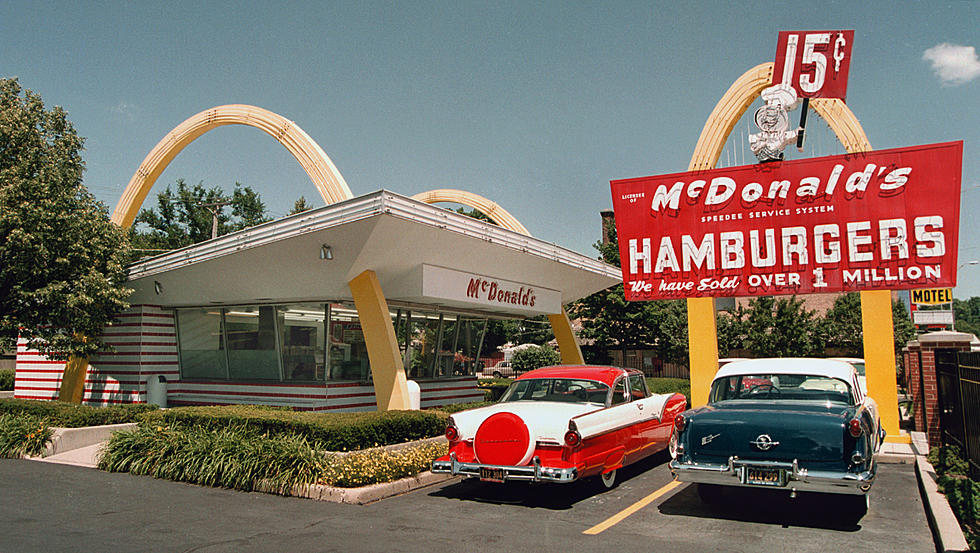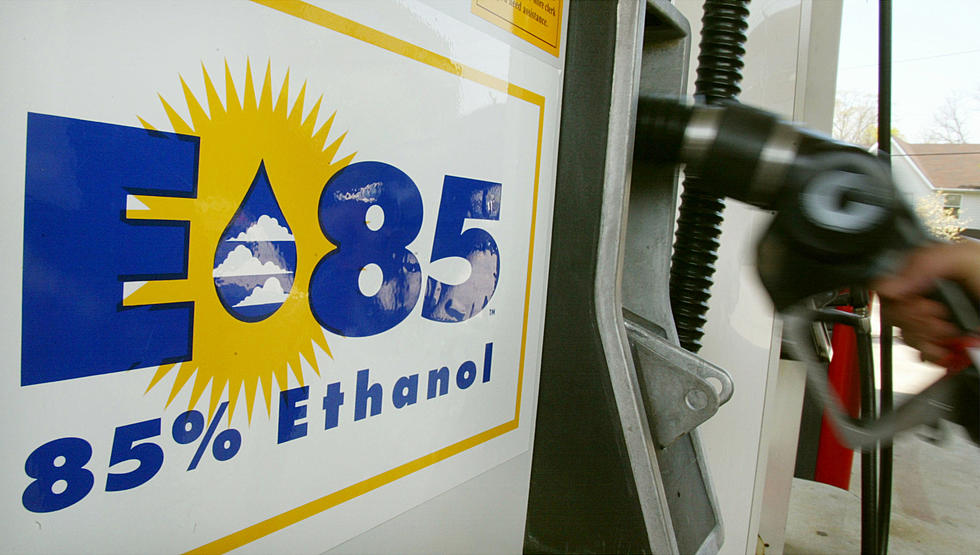
No Way! A Highway Surface that Naturally Melts Snow & Ice?
The only predictable thing is change. I'm fascinated by people and companies that aren't satisfied with the status quo. Entrepreneurs in Sweden are creating the world's first electric road by 2025, one that will allow electric vehicles to charge as they drive. Why can't someone invent a highway surface that melts snow and ice, by design? That day may be fast approaching.
We need a better solution. The Federal Highway Administration (FHWA) reports that more than 1,300 people are killed, and more than 116,000 people are injured in snow, ice, or slush-related USA auto accidents every year. FHWA estimates that removing snow from America's highways costs an estimated $4 billion dollars every year.
Adapted from ACS Omega 2023, DOI: 10.1021/acsomega.2c07212
What if there was a better way? According to the American Chemical Society (ACS) scientists are working on creating additives that, when added to asphalt, can naturally melt snow and ice. I know, it sounds too good to be true.

Here is the nitty-gritty on how this works: "The researchers prepared a sodium acetate salt and combined it with a surfactant, silicon dioxide, sodium bicarbonate and blast furnace slag — a waste product from power plant operations — to produce a fine powder. They then coated the particles in the powder with a polymer solution, forming tiny microcapsules. Next, the team replaced some of the mineral filler in an asphalt mixture with the microcapsules. In initial experiments, a pavement block made with the new additive lowered the freezing point of water to -6 F."
A real-world pilot test of the anti-icing asphalt on the off-ramp of a highway showed that it melted snow that fell on the road, while traditional pavement required additional removal operations, according to the scientists involved. And this new chemical mix doesn't flush salt into our lakes and wetlands; it uses a chloride-free additive mixed with asphalt. Incredible if true, right?
I always imagined someone might place solar panels along major roads and use free energy from the sun to heat coils under the highway surface, keeping roads wet vs. icy. But what happens if it's cloudy for a week - that solution requires energy storage, which increases cost. But mixing chemicals with asphalt sounds more cost-effect, and scalable.
Nothing happens but first a dream. I hope it's real and I hope it shows up on a snow-free highway near you in the near future. I'm happy to volunteer my driveway for testing!
Tips For Putting A Snowblower Away For The Season
More From KDHL Radio








